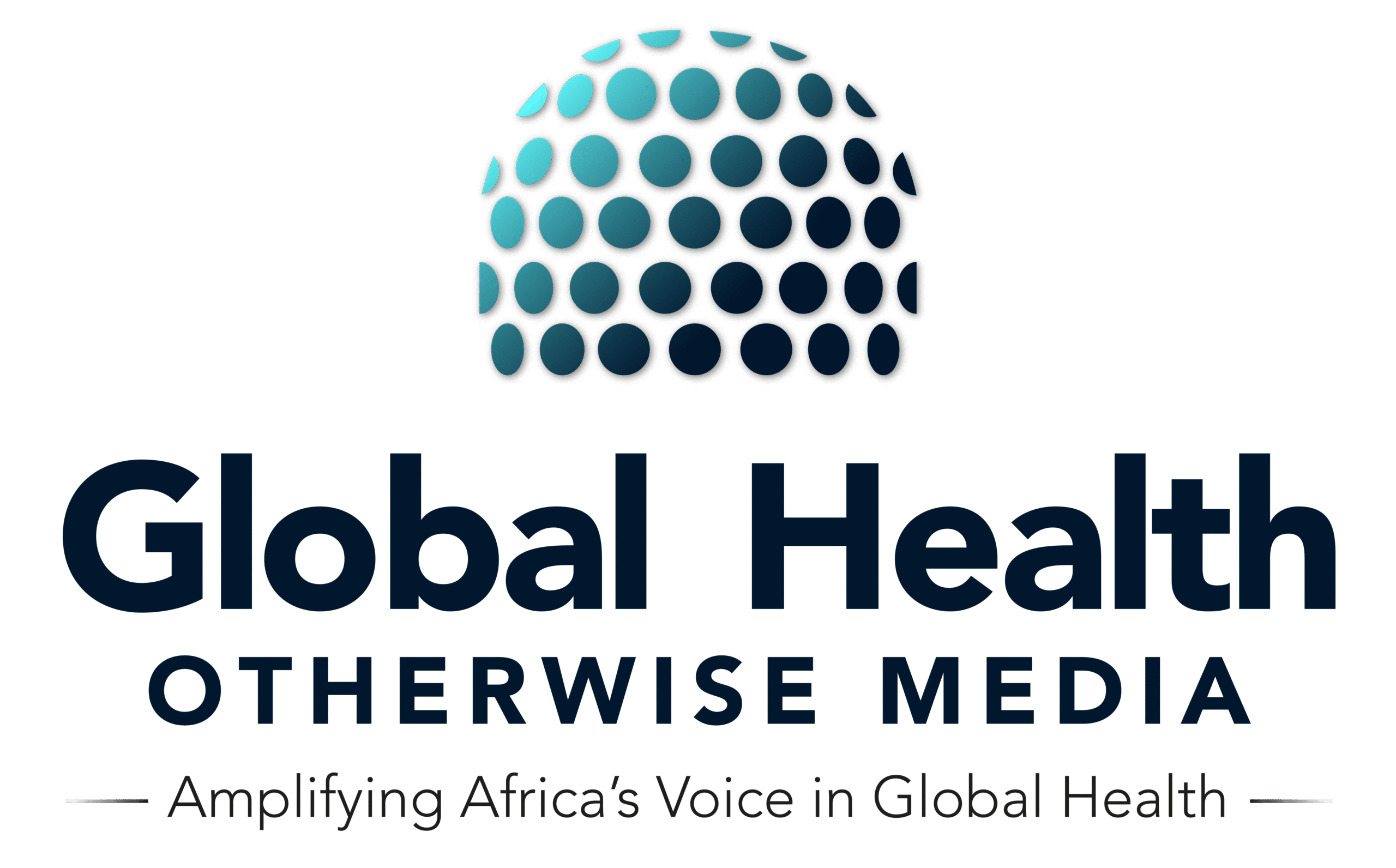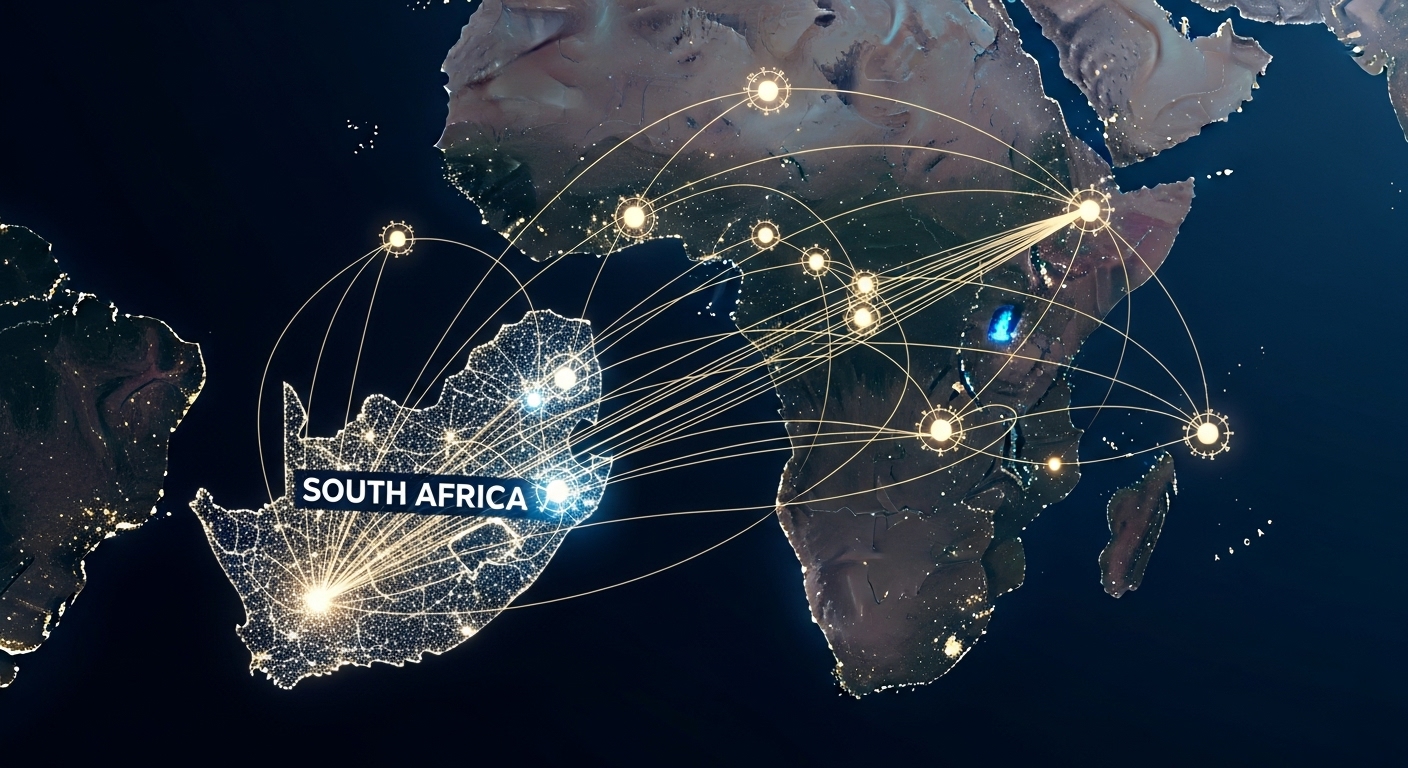In the quiet corridors of Johannesburg’s National Institute for Communicable Diseases (NICD), Africa’s future health security may already be taking shape. While many nations on the continent still struggle with fragmented disease detection systems, South Africa has quietly built what may become the continent’s gold standard for public health surveillance. They embody a vision of African scientific sovereignty that the continent desperately needs to embrace. This is not just about shiny labs or cutting-edge technology. It’s a story of vision, strategy, and what’s possible when science is treated not as charity but as sovereignty.
Beneath the surface, the figures reveal a powerful narrative, the NICD houses Africa’s only high-containment Biosafety Level 4 (BSL-4) laboratory and is equipped with a network of Biosafety Level 3 (BSL-3) labs. These facilities are not just state of the art they are lifesaving. During the COVID-19 pandemic, this capacity proved decisive. In November 2021, South Africa became the first country in Africa to identify the Omicron variant, thanks to its rapid mutation detection capacity team. While other nations waited for international labs to process their samples, South Africa delivered results in real time.
South Africa’s success goes beyond the lab bench, the NICD, operating as a division of the National Health Laboratory Service (NHLS) has evolved into a continental public health sentinel. It does more than test samples; it monitors disease patterns, trains scientists, and shares knowledge across borders. Its integrated approach connects rural clinics to national decision-makers, creating a seamless flow of data that allows for early detection and swift response. It serves South Africa, the Southern African region and increasingly the broader continent. This regional approach offers a model that Africa CDC should study carefully and possibly implement
The integration model works because it connects multiple layers of the health system, when an unusual disease pattern emerges in a remote province, the network can detect it within days rather than months. Compare this to the fragmented reality across Africa, where disease surveillance is a fragmented mess, siloed donor-funded programs that don’t speak to each other, and countries waiting weeks to confirm an outbreak while the disease move with biological speed, yet response is stuck in bureaucratic slow motion. Therefore, supporting countries to strengthen disease-specific surveillance systems needs to remain a priority for the Africa CDC . South Africa’s approach proves that African countries can build world-class surveillance without waiting for donor coordination.
The NICD has developed platforms like CoughWatchSA for digital disease monitoring while other countries still debate on procurement processes for basic laboratory equipment. Rather than depending on international consultants, the NICD trains African scientists who understand local disease patterns and cultural contexts. These professionals stay in Africa, building institutional memory that foreign experts cannot provide. The Centre conducts laboratory-based public health surveillance for drug sensitive TB, drug resistant TB as well as new drugs for TB treatment, regimens, offering specialized diagnostic support to both South Africa and the broader African continent demonstrating how one country’s investment can deliver regional impact.
Regional integration through laboratory networks has the potential to transform disease surveillance across Africa. The lessons of the past are clear: had West Africa possessed laboratory capacity on par with South Africa’s during the 2014 Ebola outbreak, thousands of lives could have been spared. That epidemic spread not only because of the virus itself, but because diagnostic confirmation often took weeks rather than hours. In contrast, strong laboratory networks with regional linkages allow for real-time sharing of epidemiological intelligence, the kind of rapid insight that can stop outbreaks before they spiral into pandemics. This vision directly supports the Africa CDC’s recent strategy to decentralize laboratory services and strengthen cross-border collaboration.
This push for regional integration isn’t just aspirational it’s entirely achievable. The technical capabilities already exist for expansion. South Africa’s experience with complex diseases like extensively drug-resistant tuberculosis and HIV offers proven templates that other African countries can adapt and scale. The surveillance systems designed to manage these chronic epidemics are equally effective for emerging infectious threats. This kind of dual-use infrastructure makes laboratory investment not only smarter, but more sustainable—serving multiple health priorities at once.
Even so, despite the readiness of the tools and the clarity of the need, political will remains the greatest obstacle. Many African governments continue to prioritize visible, high-profile infrastructure hospitals, roads, clinics over the quieter but foundational investment in laboratory networks. But these labs are the engine rooms of health systems. Without diagnostics, hospitals are flying blind. Without surveillance, treatment programs miss the early signs of resistance. And without data, public health decisions are little more than guesswork. What’s needed now is a mindset shift. African leaders must begin to view laboratory networks as strategic national assets, not technical afterthoughts. South Africa’s model shows that even middle-income countries can build diagnostic systems that rival those in the Global North. The real question is whether others will follow suit and embrace laboratory sovereignty as the cornerstone of true health security.
Continental disease surveillance will only succeed if Africa builds and owns its detection capabilities. Relying on international systems to coordinate fragmented national efforts has repeatedly failed the continent when it matters most. South Africa has shown what’s possible. Now, the rest of Africa must decide: follow the path to scientific independence or remain vulnerable to the gaps of external systems.


